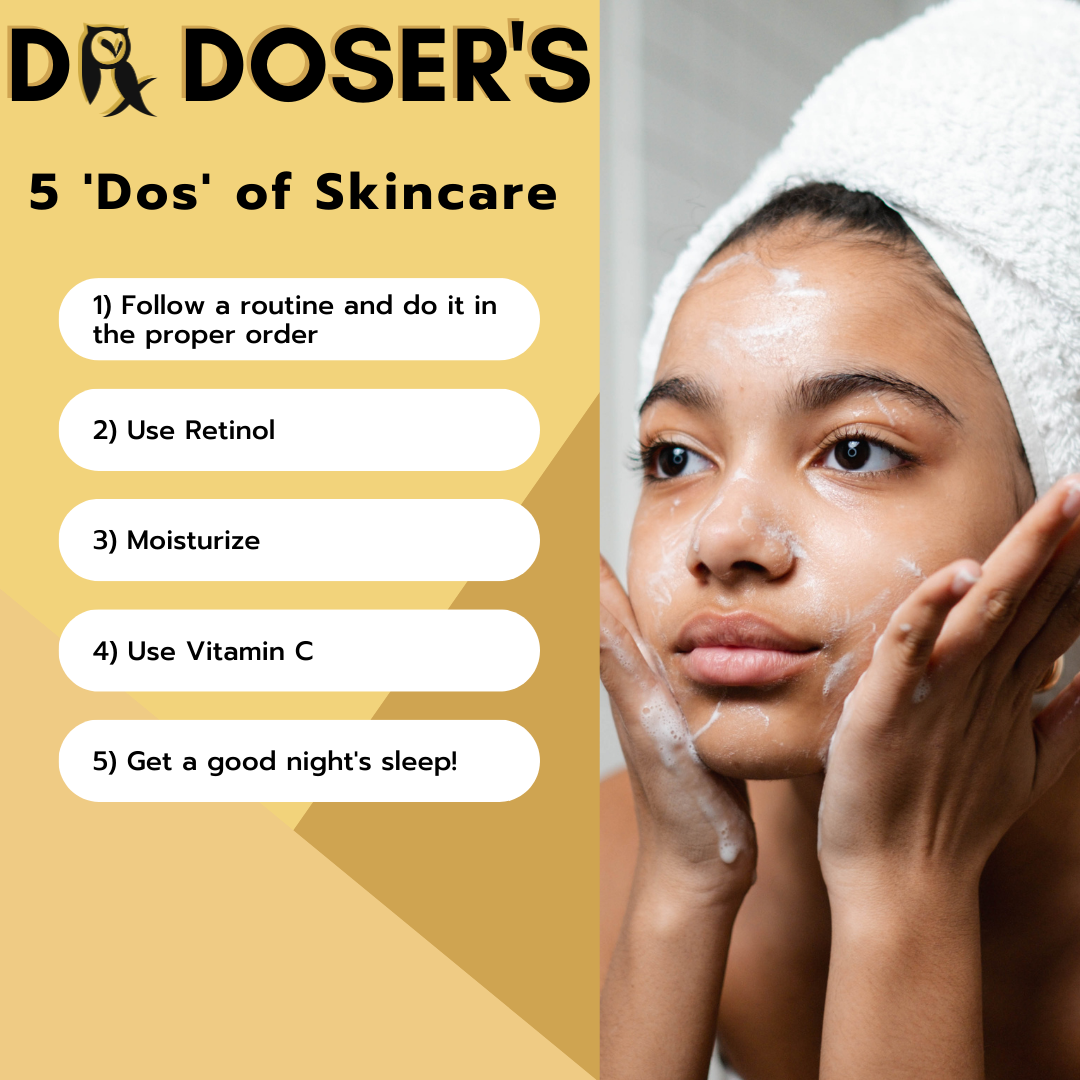Does Insurance Cover Breast Lift: Unveiling the Truth
Insurance generally does not cover breast lift surgery, as it is usually considered a cosmetic procedure. However, there may be exceptions if the procedure is considered medically necessary, such as for women with significant breast asymmetry or those who have experienced breast changes due to weight loss or pregnancy.
What Is A Breast Lift?
A breast lift, also known as mastopexy, is a surgical procedure that lifts and reshapes sagging breasts to achieve a more youthful appearance. This procedure involves removing excess skin and tightening the surrounding tissue to enhance the shape and firmness of the breasts.
Definition
A breast lift, or mastopexy, is a surgical procedure that aims to elevate and reshape sagging breasts by removing excess skin and tightening the surrounding tissue.
Reasons For Considering A Breast Lift
There are several reasons why women consider undergoing a breast lift procedure:
- To restore breast shape and firmness after pregnancy and breastfeeding
- To counter the effects of aging, gravity, and weight fluctuations
- To enhance the appearance of breasts that are elongated or have lost volume
- To correct breast asymmetry or nipple position
- To improve self-confidence and body image
It’s important to note that a breast lift is not the same as breast augmentation, which involves the use of implants to increase breast size. While a breast lift can be combined with breast augmentation for patients who desire both procedures, the primary goal of a breast lift is to lift and reshape sagging breasts.
Now that we have explored what a breast lift is and the reasons why women consider undergoing this procedure, let’s delve into the question of whether insurance covers breast lift surgeries.

Credit: plasticsurgerycal.com
Types Of Breast Lift Procedures
When it comes to breast lift procedures, there are several different techniques that can be used depending on your specific needs and goals. Each technique, also known as a breast lift incision pattern, is designed to address different degrees of ptosis (sagging) and nipple position. Let’s dive into the four main types of breast lift procedures: Crescent Lift, Donut Lift, Lollipop Lift, and Anchor Lift.
Crescent Lift
The crescent lift is the least invasive type of breast lift procedure. It is suitable for patients who have minimal sagging and require only a slight lift. During this procedure, the surgeon creates a crescent-shaped incision around the upper part of the areola. This allows for minor adjustments to the nipple position and a slight elevation of the breast tissue.
Donut Lift
The donut lift, also known as a periareolar lift, is ideal for patients with mild to moderate sagging. This procedure involves creating an incision in a circular shape around the areola. By removing excess skin and reshaping the breast tissue, the surgeon can achieve a more youthful and lifted appearance. Additionally, the donut lift can help reposition the nipple to a higher location on the breast.
Lollipop Lift
The lollipop lift, or vertical mastopexy, is a popular choice for patients with moderate to significant sagging. This technique involves two incisions: one around the areola and another vertically from the areola to the breast crease. These incisions allow the surgeon to reshape the breast tissue and remove excess skin, resulting in a more lifted and perky appearance. The lollipop lift also allows for adjustment of the nipple position.
Anchor Lift
The anchor lift, or inverted-T mastopexy, is the most extensive breast lift procedure. It is often recommended for patients with severe sagging or those who have lost a significant amount of weight. The anchor lift involves three incisions: one around the areola, another vertically from the areola to the breast crease, and a horizontal incision in the breast crease. This technique allows for the most significant reshaping and lifting of the breasts. It also provides the most flexibility in adjusting the nipple position.
Now that you’re familiar with the four main types of breast lift procedures – crescent lift, donut lift, lollipop lift, and anchor lift – you can have a more informed discussion with your surgeon about which technique is most suitable for your specific needs. Remember, each procedure has its own benefits and considerations, so it’s essential to consult with a qualified plastic surgeon to assess your individual situation.
Understanding Insurance Coverage For Breast Lifts
Insurance coverage for breast lifts depends on various factors such as medical necessity and the insurance plan. Discussing the specific details with the insurance provider is essential to understand the extent of coverage.
When it comes to cosmetic procedures like breast lifts, one common question that often arises is whether insurance covers these types of surgeries. Understanding your insurance coverage for breast lifts is crucial before considering the procedure. In this article, we will walk you through an overview of insurance coverage for cosmetic procedures, as well as the criteria that insurance companies typically consider when determining coverage for breast lifts.
Overview Of Insurance Coverage For Cosmetic Procedures
Insurance coverage for cosmetic procedures, including breast lifts, varies based on the insurance company and the specific policy. While most insurance companies typically exclude coverage for procedures considered to be purely cosmetic, there are instances where insurers provide coverage for reconstructive surgeries.
Reconstructive procedures aim to restore the appearance and function of body parts affected by injury, illness, or developmental abnormalities. Insurance companies generally consider these procedures as medically necessary and might offer coverage based on specific criteria.
Criteria For Insurance Coverage Of Breast Lifts
When it comes to breast lifts, insurance companies typically evaluate various factors to determine if coverage would be provided. These factors revolve around the medical necessity of the procedure and may include:
- The cause of breast sagging or ptosis: Insurance companies might require evidence that breast sagging is a direct result of factors such as childbirth, weight loss, or previous surgeries.
- Persistence of physical discomfort or pain: Insurers may consider approving coverage for breast lifts if the patient experiences physical discomfort or pain associated with breast ptosis. Documentation and evidence of such symptoms are usually required.
- Severity of breast ptosis: Insurance companies typically use a grading system to determine the severity of breast ptosis. Higher grades of ptosis might be more likely to be covered, as it signifies a more significant impact on physical and psychological well-being.
- Alternative non-surgical treatment failure: Insurance companies might require proof that the patient has attempted alternative treatments to correct breast sagging, such as physical therapy or the use of supportive bras, without satisfactory results.
It’s important to note that meeting the insurance company’s criteria for coverage does not guarantee approval as each case is evaluated individually. Discussing the specifics of your insurance coverage with your healthcare provider and insurance company is crucial to determine if your breast lift might be covered.
Factors Affecting Insurance Coverage
When considering a breast lift surgery, one question that often comes to mind is whether insurance covers the procedure. Insurance coverage for a breast lift depends on several factors, primarily medical necessity, breast ptosis severity, pain or discomfort, and functional impairment. Understanding these factors can help you determine if your insurance provider may cover the cost of your breast lift.
Medical Necessity
In order for insurance to cover a breast lift, it is typically essential to demonstrate that the procedure is medically necessary. This means showing that the surgery is not purely cosmetic but is required to address a specific medical condition or symptom. Insurance providers typically assess medical necessity based on factors such as a documented history of chronic back, neck, or shoulder pain, rashes or infections under the breasts, or significant breast asymmetry that affects posture or causes physical discomfort.
Breast Ptosis Severity
Breast ptosis, or sagging breasts, is another factor that can impact insurance coverage for a breast lift. Insurance providers may require a certain level of ptosis severity to consider the procedure medically necessary. This severity is often assessed using the Regnault classification, which categorizes breast ptosis into different grades based on the position of the nipple in relation to the inframammary fold. Insurance coverage is more likely for grades 2 and above, where the nipple falls below the inframammary fold due to sagging.
Pain Or Discomfort
Insurance providers often consider the level of pain or discomfort experienced by the individual when determining coverage for a breast lift. If your breasts cause chronic pain, neck or shoulder pain, or if you have difficulty finding properly fitting bras due to sagging breasts, it may strengthen your case for insurance coverage. Documenting any physical symptoms or limitations caused by breast ptosis can help support your claim for medical necessity.
Functional Impairment
Functional impairment is an important factor for insurance coverage. If your sagging breasts impede physical activities, limit your ability to exercise or participate in specific sports, or affect your overall quality of life, it may be considered a functional impairment. Functional impairment may also be assessed based on the impact of breast ptosis on your self-esteem or mental well-being. Documenting any limitations or emotional distress caused by breast sagging can help provide evidence for insurance coverage.
It’s essential to note that insurance coverage for a breast lift can vary significantly depending on your insurance provider and the specific terms of your policy. It is advised to consult with your insurance provider directly to understand the coverage details and any requirements they may have for a breast lift to be covered.
Alternative Options For Financing Breast Lifts
Breast lift procedures can be costly, and insurance coverage for them is often limited. However, alternative options like financing plans and medical credit cards are available to help offset the expenses. Explore these options to find the best solution for your individual needs.
Breast lift surgery (mastopexy) can be a life-changing procedure, helping women regain their confidence and improve their self-esteem. While the cost of a breast lift can vary depending on various factors, many individuals wonder about the options available to finance this transformative surgery. If you’re considering a breast lift and are concerned about the financial aspect, here are a few alternative options you can explore:Private Health Insurance
Despite being a popular cosmetic procedure, breast lift surgery is often deemed medically necessary in certain cases. Private health insurance companies may cover a portion of the expenses if the surgery is deemed necessary for medical reasons. In order to determine if your insurance covers breast lift surgery, it’s essential to contact your provider and inquire about the specific rules and requirements. Some insurers might require documentation proving the medical necessity of the procedure, such as skin irritation or back pain caused by heavy breasts.Medical Financing
If your insurance doesn’t cover the cost of a breast lift, there’s no need to worry. Many medical financing options are available that can help you manage the expenses over time. Medical financing companies offer loans specifically designed for elective surgeries like breast lifts. These loans typically feature flexible repayment plans and competitive interest rates. Before opting for medical financing, be sure to research multiple providers, compare interest rates and repayment terms, and ensure that the financing option aligns with your financial goals and capabilities.Personal Savings
Another viable option to finance a breast lift is using personal savings. If you’ve been diligently saving money for a particular goal or have a dedicated emergency fund, you might decide to allocate a portion of those savings towards your breast lift surgery. Using personal savings can eliminate the need to borrow or incur interest charges. However, it’s crucial to consider the impact on your overall financial situation before making this decision. Evaluate your savings goals, emergency fund requirements, and the potential impact on other financial priorities before tapping into personal savings for a breast lift. In conclusion, while insurance coverage for breast lift surgery may vary, alternative options such as private health insurance, medical financing, and personal savings pave the way to make this procedure more accessible. Explore these options to find the financing solution that aligns with your needs and preferences, allowing you to undergo a breast lift and enhance your confidence in the most financially feasible way.
Credit: cancercenterforhealing.com

Credit: www.skinwiserx.com
Frequently Asked Questions On Does Insurance Cover Breast Lift
Can Insurance Cover The Cost Of A Breast Lift Surgery?
Yes, in some cases insurance may cover the cost of a breast lift surgery. However, it typically depends on the reason for the procedure. If the surgery is deemed medically necessary, such as for reconstructive purposes, insurance may provide coverage.
It’s important to check with your insurance provider to determine your specific coverage.
What Qualifies A Breast Lift Surgery As Medically Necessary?
A breast lift surgery may be considered medically necessary if it is performed for reasons such as correcting developmental abnormalities, reconstructing due to a previous surgery, or relieving physical discomfort caused by sagging breasts. Your plastic surgeon and insurance provider will assess your specific case to determine medical necessity.
Does Insurance Cover Breast Lift Surgery For Purely Cosmetic Reasons?
Generally, insurance does not cover breast lift surgery for purely cosmetic reasons, as it is considered an elective procedure. Cosmetic surgeries, including breast lift, are typically out-of-pocket expenses. However, some insurance plans offer coverage for certain cosmetic procedures if they serve a restorative function.
It’s recommended to review your insurance policy or consult with your provider to confirm coverage.
What Out-of-pocket Costs Should I Expect For A Breast Lift Surgery?
The out-of-pocket costs for a breast lift surgery can vary depending on several factors. These may include the surgeon’s fees, anesthesia fees, facility fees, pre-operative tests, post-operative care, and any necessary medications or garments. It’s advisable to consult with your plastic surgeon and insurance provider to get a comprehensive estimate of the potential costs involved.
Conclusion
Insurance coverage for breast lift procedures can vary depending on several factors like the individual insurance plan, medical necessity, and the specific circumstances of each case. It’s important to consult with your insurance provider and discuss the details of your situation.
Remember, coverage decisions are made on a case-by-case basis, so it’s best to gather all relevant information and make an informed decision based on your unique circumstances. Stay informed and proactive when it comes to understanding your insurance coverage options for breast lift procedures.
{ “@context”: “https://schema.org”, “@type”: “FAQPage”, “mainEntity”: [ { “@type”: “Question”, “name”: “Can insurance cover the cost of a breast lift surgery?”, “acceptedAnswer”: { “@type”: “Answer”, “text”: “Yes, in some cases insurance may cover the cost of a breast lift surgery. However, it typically depends on the reason for the procedure. If the surgery is deemed medically necessary, such as for reconstructive purposes, insurance may provide coverage. It’s important to check with your insurance provider to determine your specific coverage.” } } , { “@type”: “Question”, “name”: “What qualifies a breast lift surgery as medically necessary?”, “acceptedAnswer”: { “@type”: “Answer”, “text”: “A breast lift surgery may be considered medically necessary if it is performed for reasons such as correcting developmental abnormalities, reconstructing due to a previous surgery, or relieving physical discomfort caused by sagging breasts. Your plastic surgeon and insurance provider will assess your specific case to determine medical necessity.” } } , { “@type”: “Question”, “name”: “Does insurance cover breast lift surgery for purely cosmetic reasons?”, “acceptedAnswer”: { “@type”: “Answer”, “text”: “Generally, insurance does not cover breast lift surgery for purely cosmetic reasons, as it is considered an elective procedure. Cosmetic surgeries, including breast lift, are typically out-of-pocket expenses. However, some insurance plans offer coverage for certain cosmetic procedures if they serve a restorative function. It’s recommended to review your insurance policy or consult with your provider to confirm coverage.” } } , { “@type”: “Question”, “name”: “What out-of-pocket costs should I expect for a breast lift surgery?”, “acceptedAnswer”: { “@type”: “Answer”, “text”: “The out-of-pocket costs for a breast lift surgery can vary depending on several factors. These may include the surgeon’s fees, anesthesia fees, facility fees, pre-operative tests, post-operative care, and any necessary medications or garments. It’s advisable to consult with your plastic surgeon and insurance provider to get a comprehensive estimate of the potential costs involved.” } } ] }



